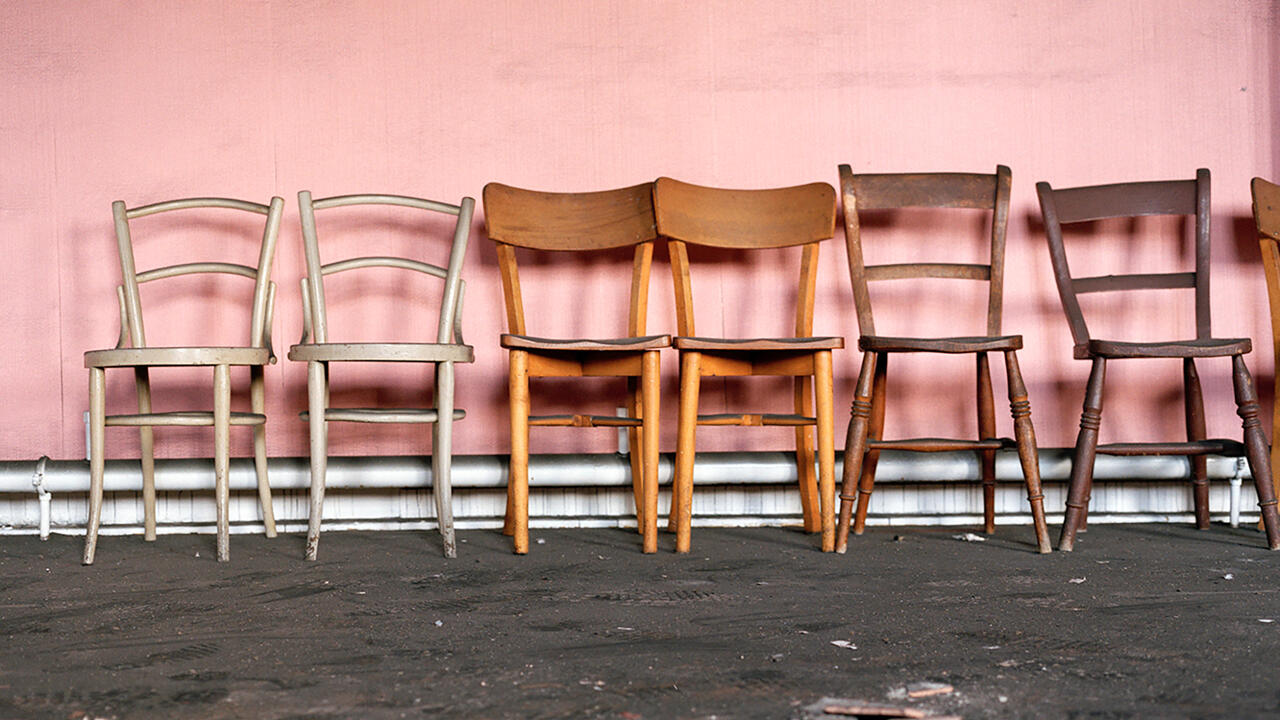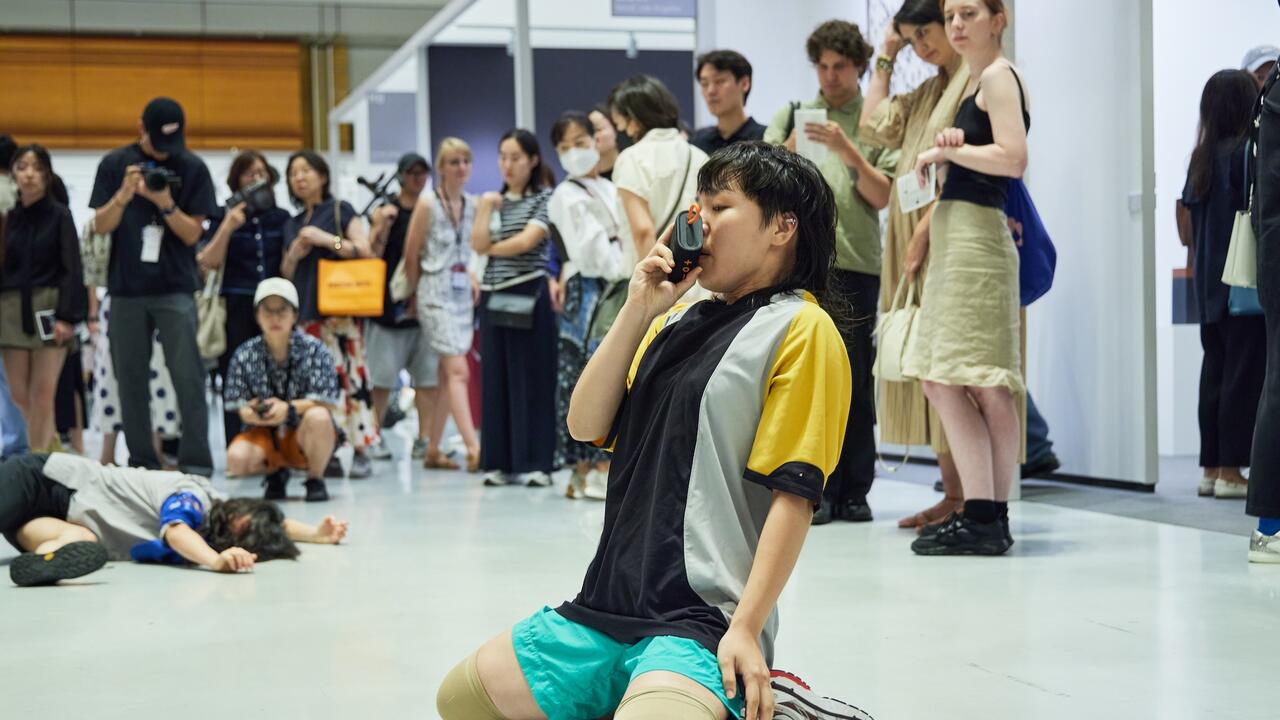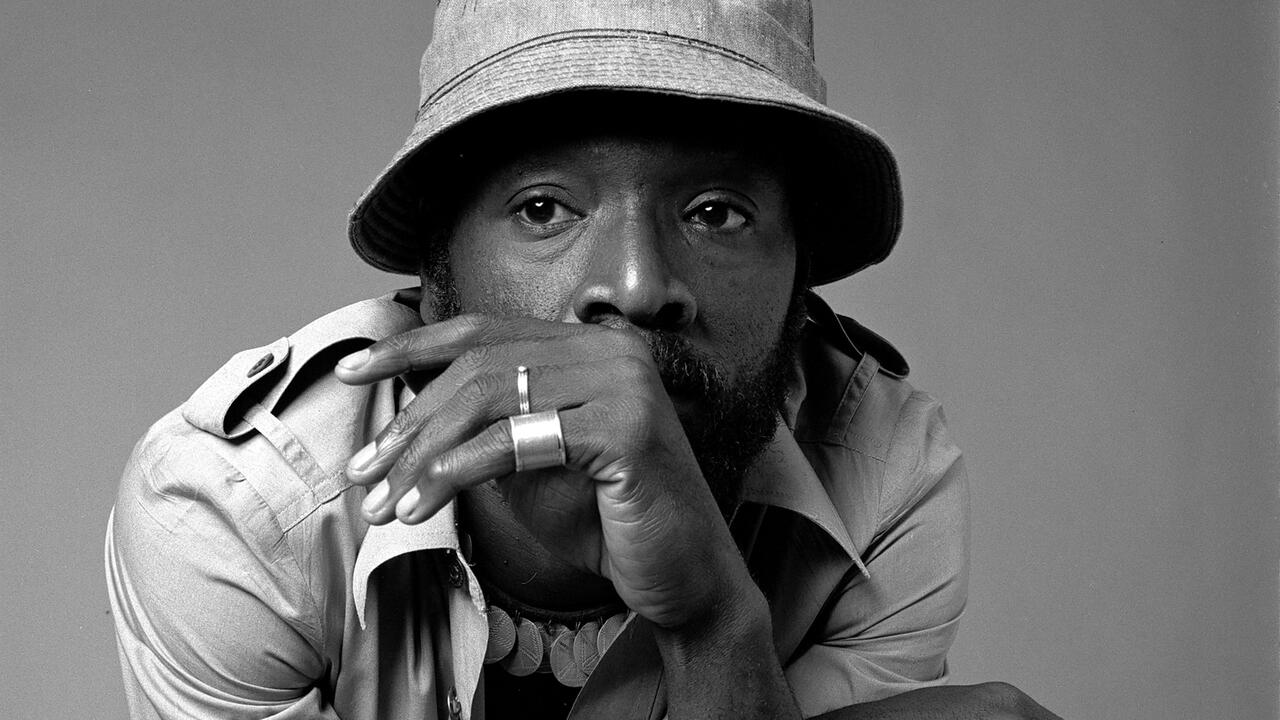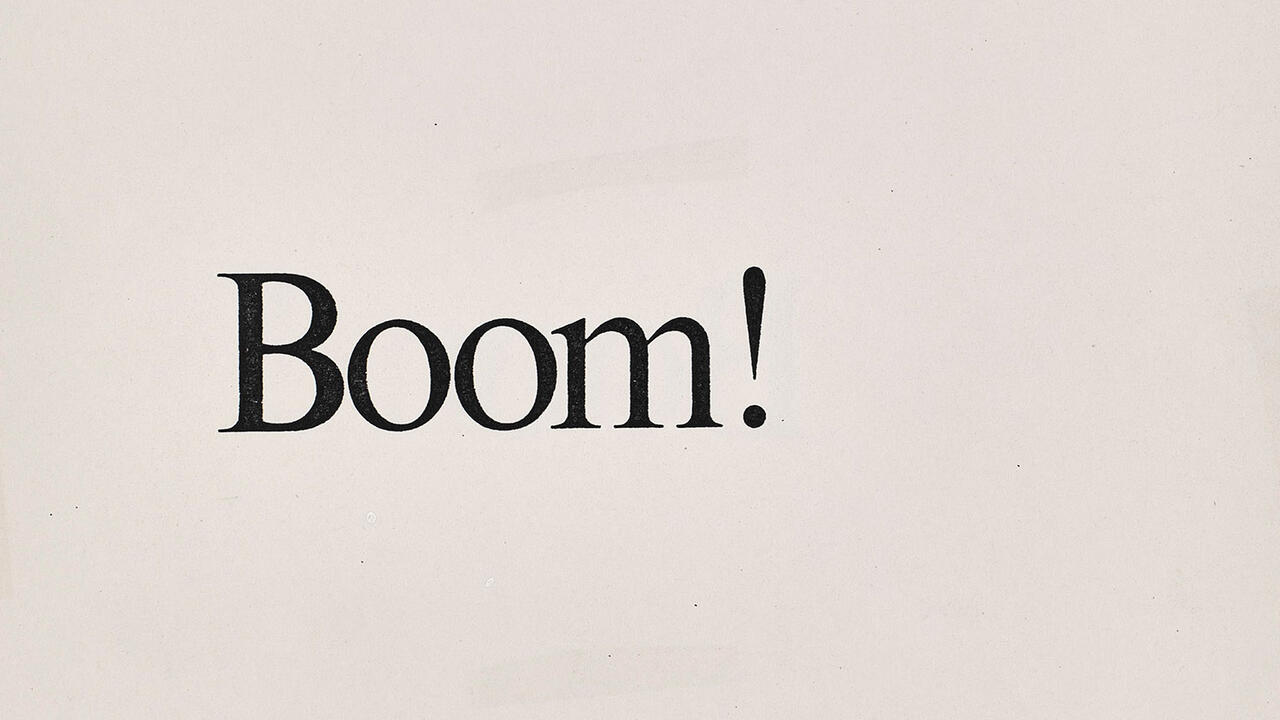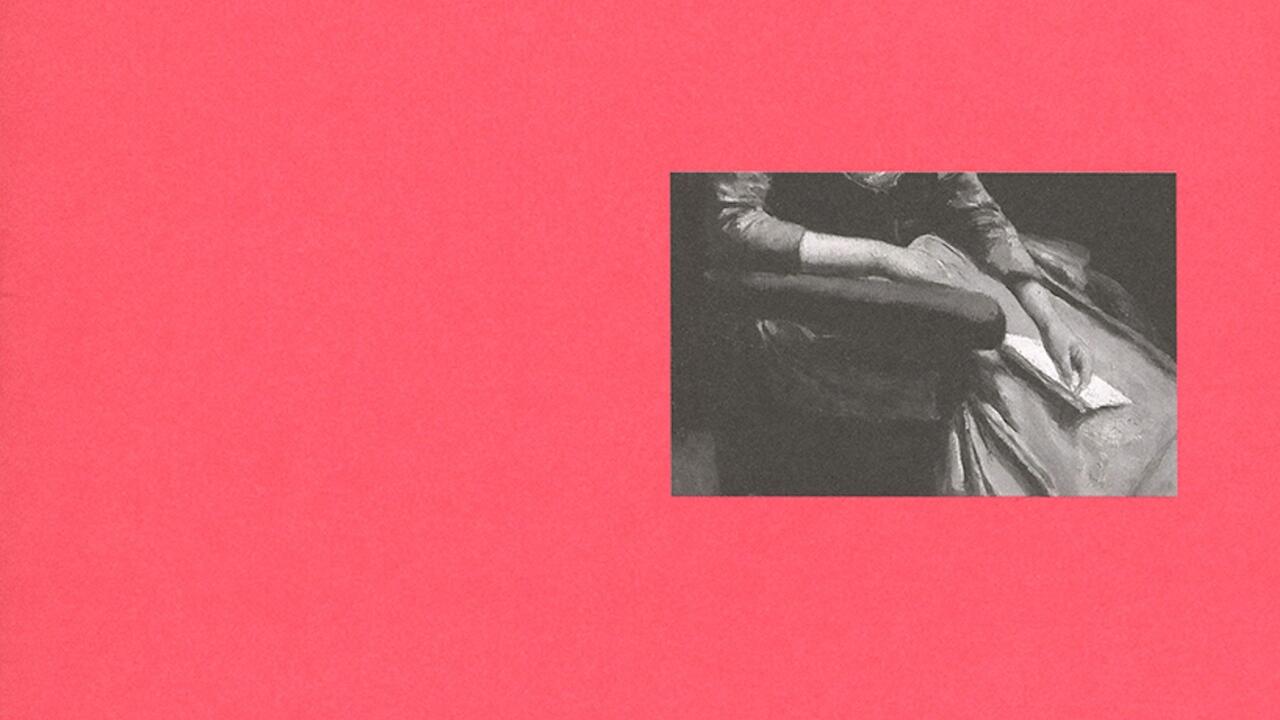Celebrating 100 Years of Joan Mitchell
On her centenary, writers and artists consider the painter’s pioneering abstract expressionism and lasting artistic legacy
On her centenary, writers and artists consider the painter’s pioneering abstract expressionism and lasting artistic legacy

Dear Joan,
We never met, but when this magazine decided to organize a collection of writings honouring you on the centenary of your birth, my first thought was how much I wish I could have spoken to you, just once. I can’t explain why. The sound of your voice? That slight rasp, that hint of impatience with any responsibility – interviews, public lectures, television appearances – other than what was happening in the studio. Maybe it’s the way your great big paintings throw their arms around me whenever I chance upon them. Like Lucy Ives, who writes here about Ladybug (1957), I too gushed when I recently saw it at the Museum of Modern Art in New York. That great torrent of colour: the ocean blue, the valley green, the marbled white. I felt swept up in it, a little manhandled by its brashness – the way some friends can be rather rough with you when you haven’t seen them in a long time.

Whenever I look at your work or read about you, Joan, I feel this toughness, your hand on my shoulder, that little shove of good will. Probably you had to be steely, especially in postwar New York. All those confident drunks at the Cedar Tavern and the San Remo, where talent could seem to most of the room a gendered thing. And what were you? A woman. The guys – Willem de Kooning, Hans Hofmann – all liked you but, as you told Linda Nochlin once, it would have been easier to be one of them. To be a ‘man painter’. Hofmann saw you walking your dog one morning and shouted, ‘Mitchell, you should be painting!’ You thought that was funny, because he didn’t regard you as a threat – no ‘lady painter’, you joked, could be a threat to him.
You said you had two sides to your personality: a Big Joan and a Little Joan. Little Joan painted. We never saw much of her; she was in the studio or at home. Big Joan confronted the world. Big Joan laughed at Hofmann and then went back to work. Splitting yourself in two was a defensive manoeuvre; Little Joan must be protected, and Big Joan was the one to do it. These three essays find some of these aspects of you, Joan: the vulnerable and the brash, the somatic and the cerebral, the Little and the Big. Let me know what you think sometime.
Yours, Andrew Durbin
Lucky Strokes
Painter Amy Sillman revisits Joan Mitchell’s painting Wood, Wind, No Tuba (1979), tracing shared connections between the two-step rhythm of abstraction and music

I don’t know whether to describe Joan Mitchell’s painting Wood, Wind, No Tuba (1979) as a place or a time, a spatial or a sonic event, and maybe that’s what makes it so great. Maybe that’s what all painting is: a glorious no-place, or an elsewhere, or, in Mitchell’s case, both things at once. After all, this might be one giant painting, or it might be a painting of two parts or times set next to each other in a perceptual parallax view. The two parts hit you as one immense and luxuriant curtain of colour that crashes over you, like a tidal wave, like a rapture. But it’s impossible not to notice that the two sides are not merely a continuation of the same big wave, as if Mitchell is purposefully signalling us to think of the painting as one place that unfurls as two moments: a painting with a beat in the middle. And the title Wood, Wind, No Tuba, with its unlikely duo of woodwind with (or without) tuba, reinforces this sense of the musical. So maybe the work is a kind of score, the play-by-play of a mass of strokes getting denser from this moment to the next, as they move from left to right, eastward, like weather, wind, or like weather and music, both the wind and the ‘wood wind’. The two panels gather harmonically into one simultaneous experience, this giant scrim of orangey-yellow strokes dropping their weight and filling up our field of vision. The curtain is left open at the bottom ever so slightly, the bare white canvas gently visible underneath all this tumult, suggesting that you can get just under, through, and behind the colour. This is especially so on the left panel, where two singular vertical lavender strokes stand out alone like hyacinth stalks, rising up to meet the thrum of oranges that drops down above and around them.
Some strokes are lucky, some are unlucky; Mitchell paints over the unlucky ones, and then keeps going through this sea of unknowing that is making a painting.
Wood, Wind, No Tuba is a formal work, and I say formal not in the sense of ‘formalism’, nor formal as opposed to ‘casual’, but in the sense that the artwork’s meaning is entirely wrapped up in its matter, and how the sensation of matter can come before cognition in painting. I have argued that Mitchell is not a ‘landscape’ painter. Though she does convey a bodily sensation of space, she does so without any definitive boundaries or horizon lines. Her paintings deliver something more fundamental about nature instead: the swell of gravity, the vibrations of chroma, the corporeal perception of occlusion versus transparency, singularities versus thickets. These sensuous emotional signals, sent through your bodily receptors, are processed through something that might be the limbic system, or wherever it is that proprioception occurs. Mitchell thrusts her viewers into this same process; you have to feel your way through these paintings as experiences. The critic Harold Rosenberg, Mitchell’s contemporary, described the process simply, like a metronome: paint, step back, paint, step back, paint. This two-step rhythm of painting, coming in close to paint and moving back to consider what to paint out, is another echo of music. But painting’s aim is not to shuttle back and forth; Mitchell’s real purpose is to portray this churning space, and to propel herself forward through it. It’s like swimming through an ocean, where your strokes are what get you through the waves. Some strokes are lucky, some are unlucky; Mitchell paints over the unlucky ones, and then keeps going through this sea of unknowing that is making a painting. When you’re painting, your strokes keep you afloat. And that is what Wood, Wind, No Tuba tells me.
This text was originally published in the monograph Joan Mitchell: Paintings, 1979–1985 (David Zwirner Books, 2024)
Reading at Joan’s
Lucy Ives explores the connections between New York School poets and Joan Mitchell’s paintings

On 16 February 1957, Frank O’Hara went to a party at Joan Mitchell’s Manhattan apartment. Almost certainly, he went to many parties at Mitchell’s that year, but it was this one, transpiring during the dreariest part of the year, that he chose to illuminate in a poem he did not publish until 1964. By the time ‘Poem Read at Joan Mitchell’s’ appeared in a pamphlet-journal called Audit/Poetry, published out of Buffalo, Mitchell was living full time in France. The poem is sad, joyful, cacophonous and less ‘I do this, I do that’ – the epithet sometimes used to satirize O’Hara’s verse – than echoing, maybe windy. It’s a little hollow, if still as warm and soft as everything he composed.
In the poem, O’Hara’s poetry-self stand-in, ‘I’, is caught in an elaborate dance with ‘you’. ‘You’ is the reason for the party, a surprise party, as it turns out. ‘At last you are tired of being single,’ O’Hara laments. He goes on to explain that ‘you’ is getting married and leaving town. He’s reading poetry at this surprise party to celebrate the bride-to-be and expresses relief that no one will be ‘bored’ by him, given the inherent interest of the pending nuptials. He’s ‘sort of the bugle’ of this announcement of a ‘peculiar desire to get married’. Oh, Frank!
As I read O’Hara here, he’s writing about loss: the loss of fun with a friend through that friend’s transformation into a new kind of being, someone beholden to husband and family. I assume that this friend, ‘you’, is a she – in part because of the general tone of the piece, and in part because O’Hara takes care to note that, if Kenneth Koch were authoring the poem, Koch would have pointed out ‘how art has changed women and women have changed art and men, but men haven’t changed women much’. It’s a nice idea. O’Hara berates himself lightly for turning to ideas, since ‘nothing should be obscure tonight’. He wants to revel – if he can possibly bring himself to. He asks everyone to look to the future, to see ‘you’ happy, to see themselves made happy by the sign that they might possibly be happy, too, like ‘you’.

Of course, I don’t at all believe that ‘you’ will be made happy by marriage, which causes me to feel a little weird about the poem, but everyone is entitled to their opinion, especially in the paradoxically truthy-fictional zone of poetry. From a more formal point of view, the poem plays so confidently with time that there’s a temptation to be dazzled by that and even ignore the business of ‘you’. For the poem is magisterially set in the present of its own reading – as if O’Hara wrote the whole thing two minutes before he performed it – meanwhile each line spins off into a time of its own devising, a past or a future or some other place. In fact, the whole affair is a lot like a painting by Mitchell.
In 1957, Mitchell made a painting. Certainly, she made multiple paintings that year, but this painting is the one hanging on the second floor of New York’s Museum of Modern Art in late October 2024 which, after having my bags searched twice, I can ascend the stairs to view. The title of the painting is Ladybug. (I almost wrote: ‘The title of the poem is Ladybug.’)
The way I think about Mitchell’s paintings is that they challenge the notion that a work of art should present a/the whole. They engage in strategies that mirror those adopted by the so-called New York School poets, many of whom, such as John Ashbery and James Schuyler, Mitchell loved, and of whom O’Hara is at once the most typical and the most iconic – the one who tragically didn’t live long enough to become another sort of literary being. In an O’Hara poem, each line limns a full emotional world inside a minute glass bead, a thought so complete that it does not matter if we entirely understand its relation to what comes next – although waves of intensity do travel through and crest and break. A poem by O’Hara is far from disjointed.
I look at Ladybug. It hangs across from a multimedia work by Ken Okiishi, a friend (in real life) of mine. In Ladybug, colour like blood and shit and trees and the petals of flowers is lashed across a lush, cream-white ground. The painting reminds me of the wildest trellis of all time, with its short strokes meeting in Xs and squished diamonds, but it really cannot be seen as a whole. It must be experienced part by part, passage by passage. I can’t say exactly what this refusal of the/a whole means. If you were to force me to talk about it at a party, I’d tell you I think it has something to do with living in the wake of World War II and wanting to preserve certain kinds of incoherence, so that friendships that have little to do with marriage and families, and all the service and obligation entailed, can continue. But that’s just a guess.
La Vie en Rose
Emily LaBarge revisits the later years of Joan Mitchell’s illustrious career

Applied to any artist, the phrase ‘late years’ – as does ‘beginning’, ‘middle’, ‘early’, ‘mid-career’, ‘twilight’ or other temporal designation, usually linear (despite the general mess of a life and living) – invites a host of readings that both are and are not quite right. We look to the start for rhymes with the end. For instance, a tidy parenthesis: Joan Mitchell’s father, the irascible and exacting Jimmie, took her, aged 11, to see the first major exhibition of Vincent van Gogh in the United States (recently travelled from the Museum of Modern Art in New York to the Art Institute of Chicago), and it marked her indelibly. Van Gogh, with his colour and movement and feverish love of life, became a kind of artist patron saint whose wheatfields and sunflowers she would riff into ecstatic abstractions from the late 1980s until her death from lung cancer in 1992. ‘Sunflowers are like people to me,’ Mitchell said: ‘Some of them come out like young girls, very coy […] they’re very human.’
We might seek, too, decisive late-life ruptures that mark a new ‘phase’: the sumptuous mauve heartbreak quadriptych, say, of La Vie en Rose (1979), titled to commemorate the departure of Mitchell’s philandering paramour, Jean-Paul Riopelle, from La Tour, her two-acre Seine-side estate in Vétheuil, northwest of Paris, where Claude Monet (another patron saint progenitor) lived and worked from 1878–81. We note the inevitable loss of key figures, friends and family, again transformed into radiant four-panel paintings: Salut Tom (1979), dedicated to writer and editor Thomas B. Hess; Edrita Fried (1981), Mitchell’s analyst of many decades; and Chez ma soeur (My Sister’s House, 1981), for her sister Sally. And, finally, the personal struggles with ill health (jaw cancer, osteonecrosis), an ageing body (hip surgery, recovery, failure), the marking of time with canvases, some of which were smaller and more physically manageable, whose titles hinge on propositions of passage, pause, lacunae, sequence: Before, Again I; Between (six works from the same year have this title); Then, Last Time IV; Before, Again II; Before, Again V; Faded Air I and II (all 1985). What can be managed, still wild with colour and writhing with movement, between bouts of treatment.
The solitude that I find in my studio is one of plenitude. I am enough for myself. I live fully there.
We see, too, how the myth of Mitchell remains dominant to the end: the tough broad who swore like a sailor, drank like a fish, worked like a dog, went hard on friends and colleagues (‘What’s so sacred about your asshole?’ she once demanded of a dinner-party guest) and hardest on herself, pushing her work to extraordinary lengths – big, spare canvases – to the last. ‘The solitude that I find in my studio is one of plenitude. I am enough for myself. I live fully there,’ she said of those last years in the bucolic French landscape. ‘Why did I come? Certainly not because of the French people,’ she had also said, hinting at the degree to which, in her painting, concerns of earthly subjectivity dissolve completely.
‘Painting is a means of feeling “living”,’ the artist said. Of her subjects, she observed, ‘I became the sunflower, the lake, the tree. I no longer exist.’ In the ‘late years’, Mitchell’s hallmark jagged, raucous lines become thicker and sometimes fewer, daring to be less dense, to leave more of that white space that so fundamentally pushes and pulls at the edges of all her colours. These strokes and swathes tangle and twist, refuse unidirectionality, dazzle with movement, do not want to make sense (of an image, of a life), prefer ambiguity. ‘Forms have feeling’, she said, ‘but what makes them have feeling, I don’t know.’ What happens happens in the paint and, in the moment of that happening, you ‘no longer exist’.

The ‘late years’ are the only years that hold all the other years, all mixed up, however you want them – much like the typically dazzling late-night note Mitchell left for art historian Linda Nochlin to read in the morning, when she visited her in 1986: ‘I want to see the ‘altar’ piece – honey I ain’t religious – but Catholics think I am – a good pic – held (not Al Held) – Silent – beautiful – i.e. – nothing to do with life – death – time – only it’s [sic] edges – frames – still – i.e. quiet, not Clifford [sic] – lousy painter – existing always – all great pics do this.’
I choose Ici (Here, 1992), a diptych churning with orange, yellow, teal, lapis, crimson, wine, mauve, lilac, chartreuse, not mixed much, pure confidence and control, even as the painting teeters on the edge of losing it. Squint and you can see Sunflowers and Champs and Trees of the same year, but they don’t really care about settling into place, only being here – ici – for whatever time you can offer. And, finally, amongst the latest of lates, Merci (1992): a pared-back diptych so predominantly white you might gasp, before you exhale into the snarls and welters of coquelicot and ultramarine that stain both oblongs like blooms, clouds, thoughts, memories, feelings. Like extractions from past paintings, including Ici. Like letters reconfigured into merci. Like sinking to your knees without being at all religious and saying, ‘Thank you.’ All great pics do this.
This article first appeared in frieze issue 248 with the headline ‘Parts of a World’
‘Joan Mitchell: Uncovering 100 Years’ will be on view at The Fralin Museum of Art at the University of Virginia from 1 February
Main image: Joan Mitchell, Ici (detail), 1992, oil on canvas, 2.6 × 4 m. Courtesy: © Estate of Joan Mitchell and Collection Saint Louis Art Museum, Missouri





